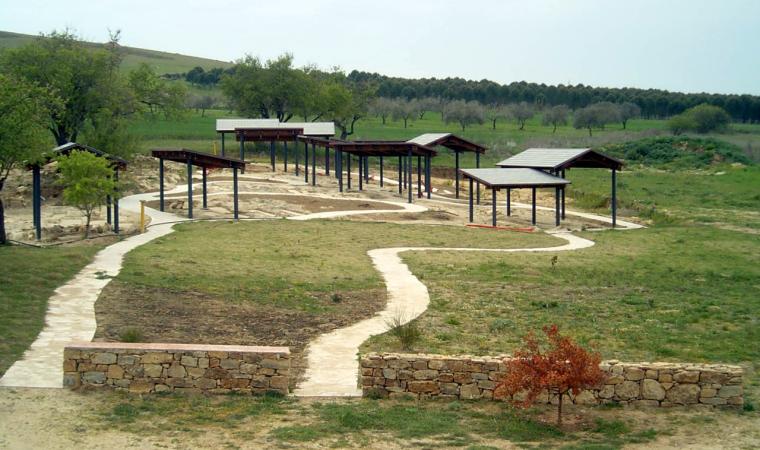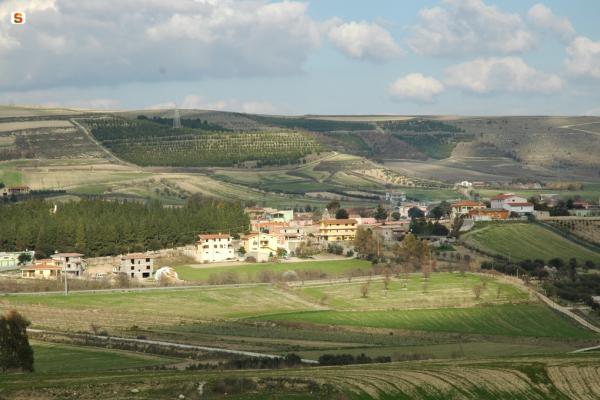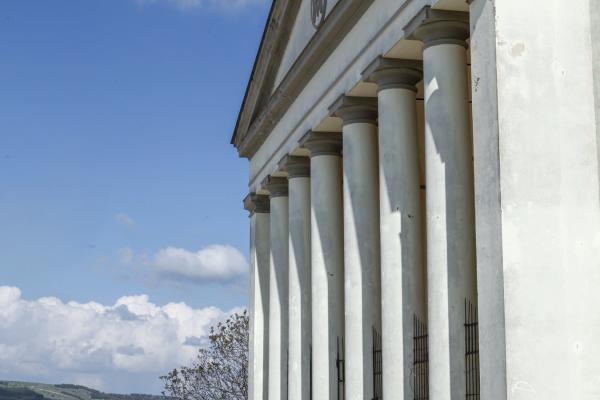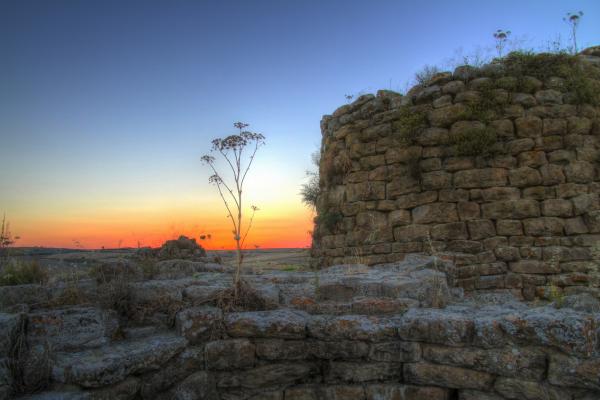It stretches in the lowlands north of Flumini Mannu which, along with three artificial streams flowing passed the town, has always maintained the fertility of its lands. Ortacesus is a small town of less than one thousand inhabitants in the centre of Trexenta. In ancient times, it was one of Rome’s granaries and remains a centre of cereal production (wheat and maize) to this day. The summer Wheat Festival, which focuses on traditions related to the harvest, and the Museum of Wheat year-round are proof of this. The museum is housed in the very old Casa Serra, the town’s traditional mansion. An extensive exhibit of artefacts and tools – including a rare wooden spring – illustrate traditions that have been passed down through the generations and ancient male (seeding, working the land and harvesting) and female (weaving, and bread baking) jobs. The museum also includes La Via del Pane (The Road of Bread), and unfired brick and culinary workshops followed by a tasting of typical dishes.

Town
A small town with a great farming tradition in Trexenta, the land of the grain, a little over 40 kilometres from Cagliari, right in the centre of south Sardinia
A small town with a great farming tradition in Trexenta, the land of the grain, a little over 40 kilometres from Cagliari, right in the centre of south Sardinia
See this place because...
Visitors will discover an area famed for cereal cultivation, an activity with a long history in Ortacesus, and for other ancient cultural and culinary traditions
Pictures and videos
You may also like
More attractions in the vicinity
Nearby hotels and accommodations

ORTACESUS
0 km

ORTACESUS
0 km

SELEGAS
4 km













